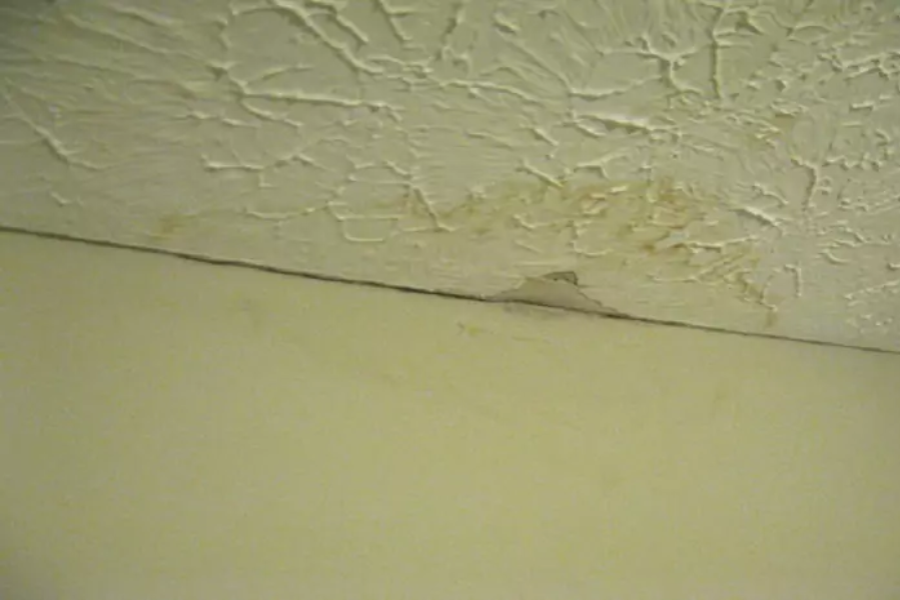Milliken formwork fwk169 water damage: A Comprehensive Guide
Water damage is a significant issue for anyone working with milliken formwork fwk169 water damage or similar construction materials. Whether it’s minor leaks or severe flooding, water can severely impact the formwork’s integrity, leading to structural decay and mold growth. This guide provides practical strategies for addressing and mitigating water damage in milliken formwork fwk169 water damage, ensuring that problems are resolved efficiently and effectively.
Understanding milliken formwork fwk169 water damage Water Damage
milliken formwork fwk169 water damage is celebrated for its durability and reliability in construction. However, its strength can be compromised when exposed to water damage. Recognizing the causes and effects of such damage is crucial for implementing effective remediation measures.
Causes of Water Damage
Water damage to formwork can arise from several sources:
- Leaks: Small leaks can accumulate over time, causing significant damage.
- Flooding: Severe weather or plumbing failures can inundate the formwork with large volumes of water.
- Inadequate Drainage: Poor drainage around the construction site can result in water pooling near the formwork.
- Construction Defects: Issues like improperly sealed joints or seams can allow water to infiltrate the formwork.
Consequences of Water Damage
If water damage is not addressed promptly, it can lead to:
- Structural Decay: Extended moisture exposure can weaken the formwork, compromising its structural integrity.
- Mold and Mildew: Damp conditions are conducive to mold and mildew growth, which can further damage the formwork and pose health risks.
- Increased Maintenance Costs: Repairing water damage can be costly and time-consuming, leading to higher maintenance expenses.
Identifying the Signs of Water Damage
Early detection is key to preventing extensive damage. Look out for these indicators:
Discoloration
Observe the surfaces of milliken formwork fwk169 water damage for any unusual discoloration. This could signal water penetration and potential damage.
Odor
A musty or damp smell often indicates mold or mildew, suggesting that moisture has been present for a while.
Swelling
Check for signs of swelling or warping in the formwork. These symptoms indicate that the material has absorbed moisture and may be experiencing water damage.
Effective Strategies for Mitigating Water Damage
Addressing water damage involves a series of steps to prevent further harm and restore the formwork to its optimal state. Here are five essential strategies:
Prompt Leak Detection and Repair
Immediate action is crucial when a leak is detected:
- Regular Inspections: Frequently check for moisture buildup, especially around joints and seams.
- Timely Repairs: Address leaks as soon as they are found to prevent water from seeping into the formwork.
Proper Drainage and Waterproofing
Effective drainage and waterproofing are critical for protecting the formwork:
- Ensure Proper Drainage: Design the surrounding area to channel water away from the formwork. Proper grading and drainage systems can prevent water from collecting around the structure.
- Apply Waterproofing Sealants: Use sealants or membranes on vulnerable areas to create a barrier against water infiltration. This preventive measure helps protect the formwork from future damage.
Swift Water Extraction and Drying
If water intrusion occurs, act quickly:
- Remove Standing Water: Extract any standing water immediately to prevent further absorption by the formwork.
- Begin Drying: Utilize dehumidifiers and air movers to dry the affected area. This step is essential for reducing mold risk and preserving the formwork’s structural integrity.
Mold Remediation and Prevention
Dealing with mold and mildew is crucial for maintaining the formwork:
- Remediate Mold: If mold or mildew is detected, act swiftly to remove it and prevent its spread.
- Improve Ventilation: Enhance airflow in the affected area to reduce moisture levels and discourage mold growth. Proper ventilation helps maintain optimal humidity levels.
Structural Repairs and Restoration
Assess and repair any damage to the milliken formwork fwk169 water damage:
- Evaluate Damage: Inspect the formwork for any structural damage resulting from water exposure.
- Conduct Repairs: Perform necessary repairs and replacements to restore the formwork’s structural integrity. Reinforce vulnerable areas and implement measures to prevent future water damage.
Conclusion
Effectively managing water damage in milliken formwork fwk169 water damage requires prompt and comprehensive action. By detecting leaks early, ensuring proper drainage, addressing water intrusion swiftly, remediating mold, and performing necessary repairs, contractors and homeowners can mitigate the impact of water damage and maintain the formwork’s integrity.
Implementing these strategies not only addresses current issues but also helps prevent future damage, ensuring the long-term durability and functionality of milliken formwork fwk169 water damage. With a proactive approach, both contractors and homeowners can safeguard their investments and uphold the high standards associated with milliken formwork fwk169 water damage.






